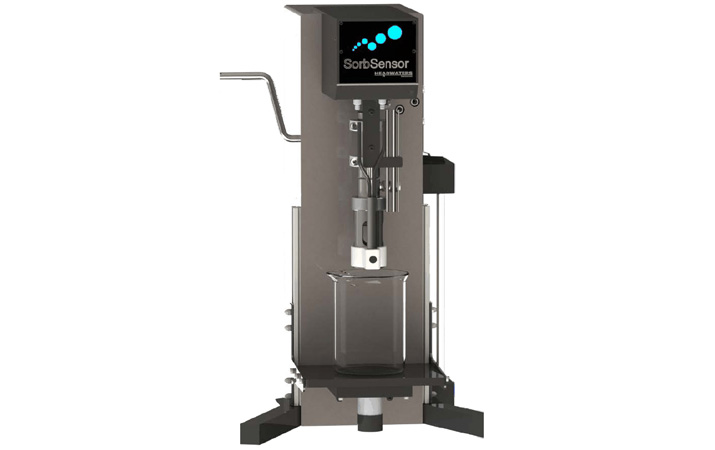The presence of activated carbon in fly ash can interfere with fresh concrete’s ability to entrain the desired amount of air. As a result, fly ash containing undesirable levels of activated carbon must be treated prior to its sale to ready mix concrete producers.
Eco Material Technologies’ RestoreAir® process uses a liquid reagent to pre-treat fly ash, before delivery to customers, to neutralize activated carbon’s air entrainment. The technology uses a low dosage of liquid reagent to passivate the carbon surfaces and reduce their ability to adsorb air entrainment agents in concrete. Carbon is not removed, but its effect on air entrainment is neutralized. The technology has been successfully demonstrated on Class C and F ashes containing the most common powdered activated carbons (PACs).
RestoreAir® systems can be customized to site-specific conditions and constraints. Power plant units with low PAC injection rates and manageable variability can deploy a basic system, whereas swing-load units—those using aggressive PACs—can result in varying ash quality and would require the more robust and advanced features of the RestoreAir® technology.
SorbSensor®
When used as partial substitution for portland cement in concrete, fly ash with high carbon content or powder-activated carbon (PAC) tends to adsorb the air-entraining agents (AEAs), potentially reducing the air required to thwart the detrimental effects of freezing and thawing.
The foam index test—in which AEAs are applied drop by drop to a slurry of cement and fly ash—is the traditional method used to adjust the dosage of AEAs to compensate for that adsorbed by fly ash. But this method has a high degree of variability.
SorbSensor® fluorescence-based technology, developed by Eco Material Technologies, measures fly ash adsorption capacity. When excited by ultraviolet light, AEAs fluoresce with an intensity that is proportionate to the concentration of the AEAs remaining in the solution. SorbSensor® detects low PAC concentrations and can be used for quality assurance or to determine treatment dosage.

